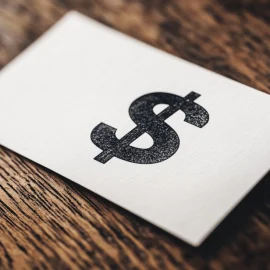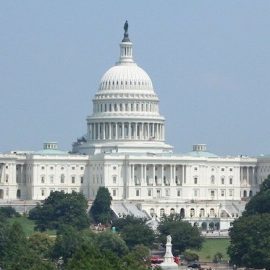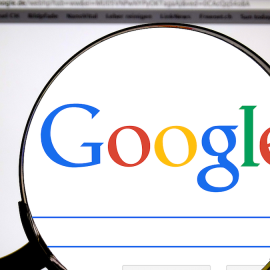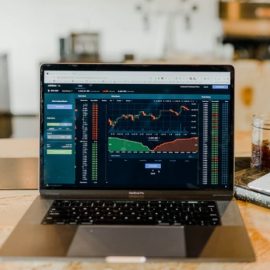
This is a free excerpt from one of Shortform’s Articles. We give you all the important information you need to know about current events and more.
Don't miss out on the whole story. Sign up for a free trial here .
Is there still a recession coming? Did the US manage to avoid the impending doom?
Experts are still divided on whether the United States will face a recession, with signs pointing in both directions. Some say that interest rate hikes, oil price increases, and dwindling savings signal a possible recession. Others counter that there’s optimism for continued growth.
Continue reading to learn more about the two perspectives.
The 2 Views on an American Recession
A recession is characterized by a minimum of two consecutive quarters of economic decline, as indicated by a decrease in Gross Domestic Product (GDP).
Recessions can make Americans’ daily lives more challenging as individuals’ incomes drop and costs rise, forcing families to cut back on essentials such as food, health care, and housing.
Economic forecasters predicted the onset of a recession at various points throughout 2022 and 2023. Economists feared that factors including Federal Reserve interest rate hikes and lingering economic constraints from the Covid-19 pandemic would trigger an economic downturn. So far, dire recession projections have yet to materialize. However, some say that cracks have started to emerge.
View 1: We’re Not Out of the Woods
Many economists, including at Bank of America, Wells Fargo, and Fannie Mae, predict an impending recession later this year or in the first quarter of 2024. Key signs of a downturn that they cite include:
- Steep and rapid interest rate hikes.
- Recent oil price jumps.
- Growing global headwinds.
- Dwindling savings and stimulus funds.
- Increased credit tightening.
- Recent negative headlines that erode consumer confidence, including about the autoworkers’ strike, the looming possibility of a federal government shutdown (which was temporarily averted), uncertainty around the Federal Reserve, and broader geopolitical concerns.
View 2: A Recession Isn’t Likely
Federal Reserve Chair Jerome Powell, Goldman Sachs, and Larry Fink of BlackRock, among other analysts, argue that a recession in the near future is improbable. They point to the unconventional nature of the current pandemic-induced economic cycle, which defies historical patterns. They also note that three significant economic vulnerability critical indicators have improved: downward revisions in payroll data, a deceleration in the increase of unemployment insurance claims, and a narrowing of the gap between job seekers and job openings. Consequently, these analysts anticipate ongoing economic growth and expansion, supported by the following factors:
- Effective government policies.
- Robust consumer spending.
- A healthy job market.
- Enhanced productivity.
- A reduction in job vacancies could naturally moderate wage increases in a competitive job market, offering a more favorable alternative to using unemployment (typically a factor that causes recessions) to achieve the same cooling effect.
Looking Ahead
Economic outlooks continue to diverge when it comes to predictions of growth or a downturn ahead. Yet with high inflation, rising interest rates, geopolitical tensions, and other variables in play, uncertainty dominates. As a result, some experts recommend taking proactive steps to recession-proof yourself where possible:
- Reduce your debts. Pay down credit cards and other high-interest obligations where possible.
- Budget and cut unnecessary costs to free up your cash flow.
- Boost your emergency savings. Aim to set aside three-to-six months of living expenses in easily accessible accounts.
- Take small, concrete steps to weather a storm.
How to Pay Off Debt
In The Total Money Makeover by Dave Ramsey, he explains how to pay off your debts using the snowball method. You need to get rid of debt to get control of your income and put it to work for you. There are two steps:
1) List your debts in order, from the one with the smallest balance to the largest. Exclude only your mortgage.
2) Each month, apply every extra dollar you have after basic expenses toward paying the smallest debt until it’s paid off. Make the minimum payments to stay current on the other debts on the list.
After the smallest debt is paid, apply the payment you had been making on it, plus any additional money you have, toward paying off the next smallest debt. When the second debt is paid off, apply the payment amounts from the first two debts, plus any other money you can find, to the third debt on your list, and so on.
Each time you pay off a debt, you increase the amount you can pay on the next one—your payments continue to snowball until your debts are paid off.

Want to fast-track your learning? With Shortform, you’ll gain insights you won't find anywhere else .
Here's what you’ll get when you sign up for Shortform :
- Complicated ideas explained in simple and concise ways
- Smart analysis that connects what you’re reading to other key concepts
- Writing with zero fluff because we know how important your time is






